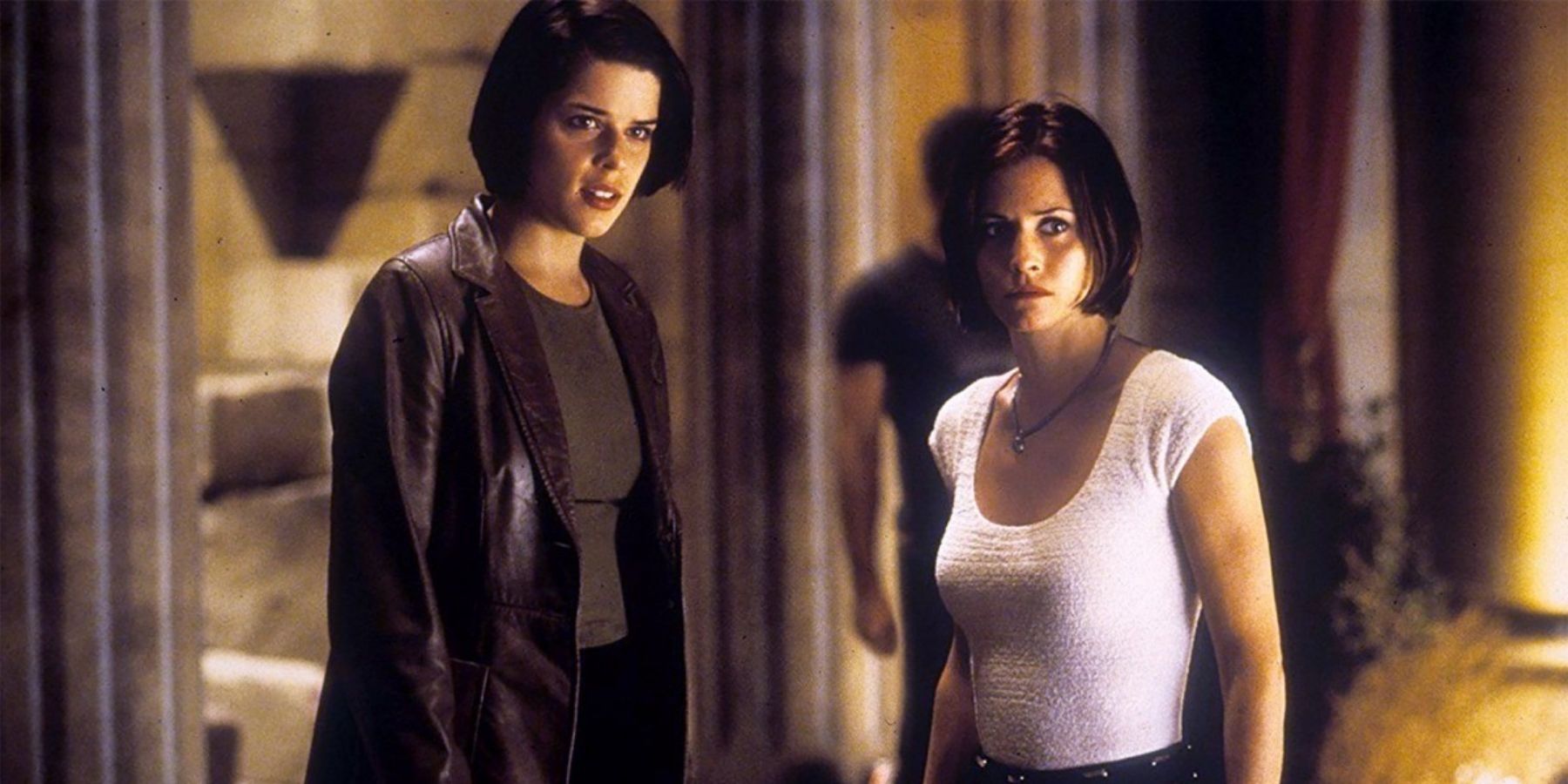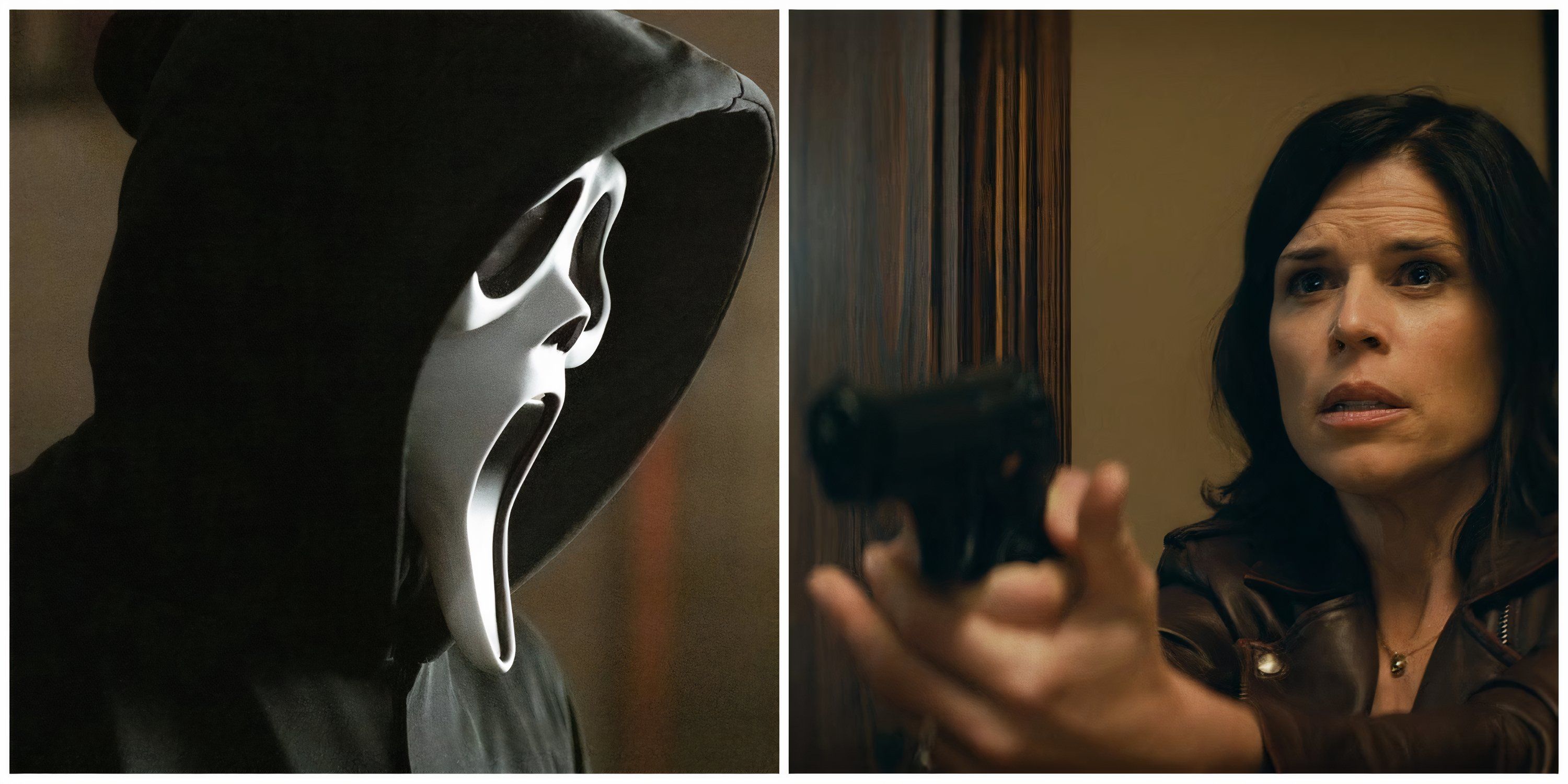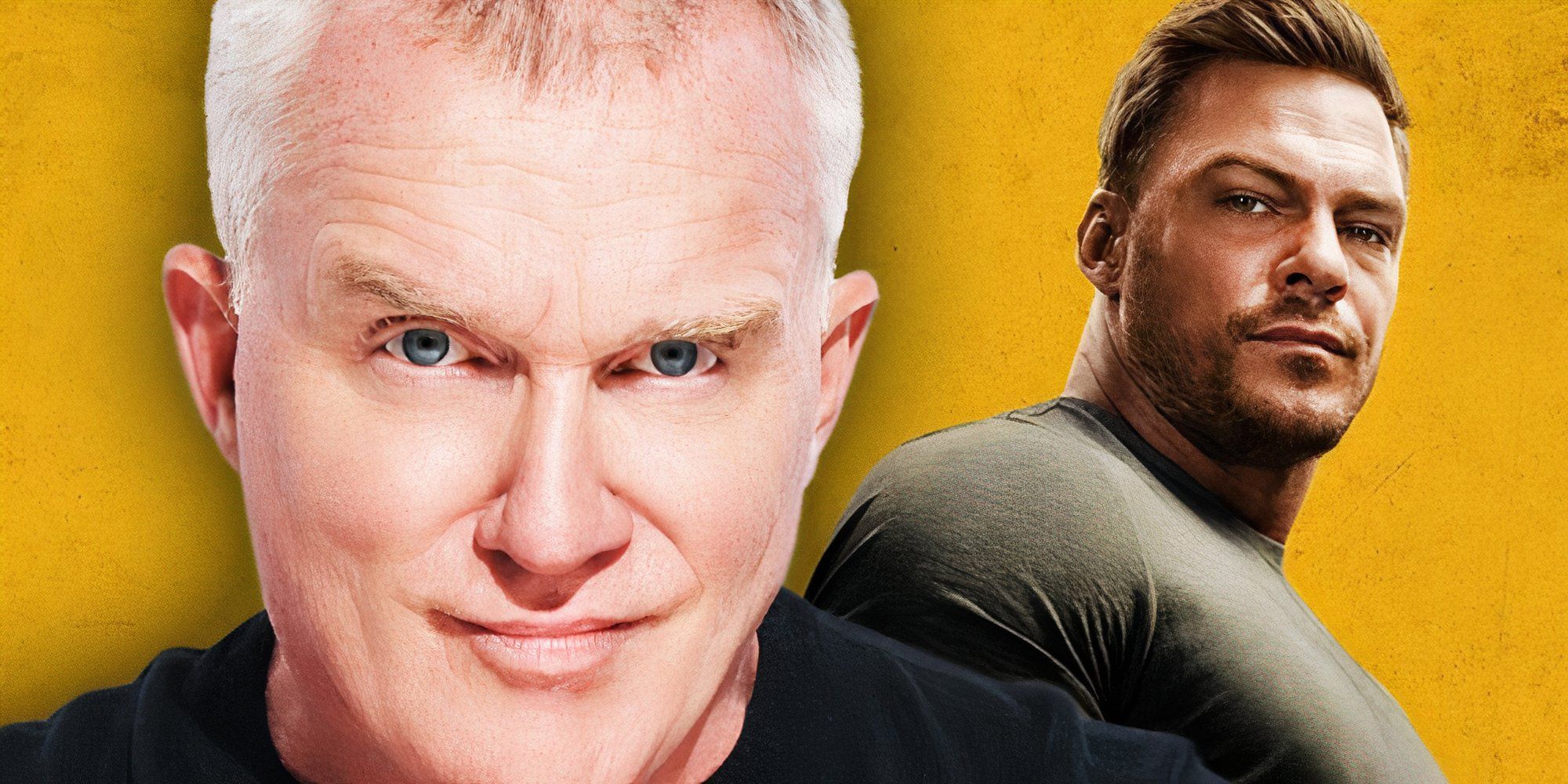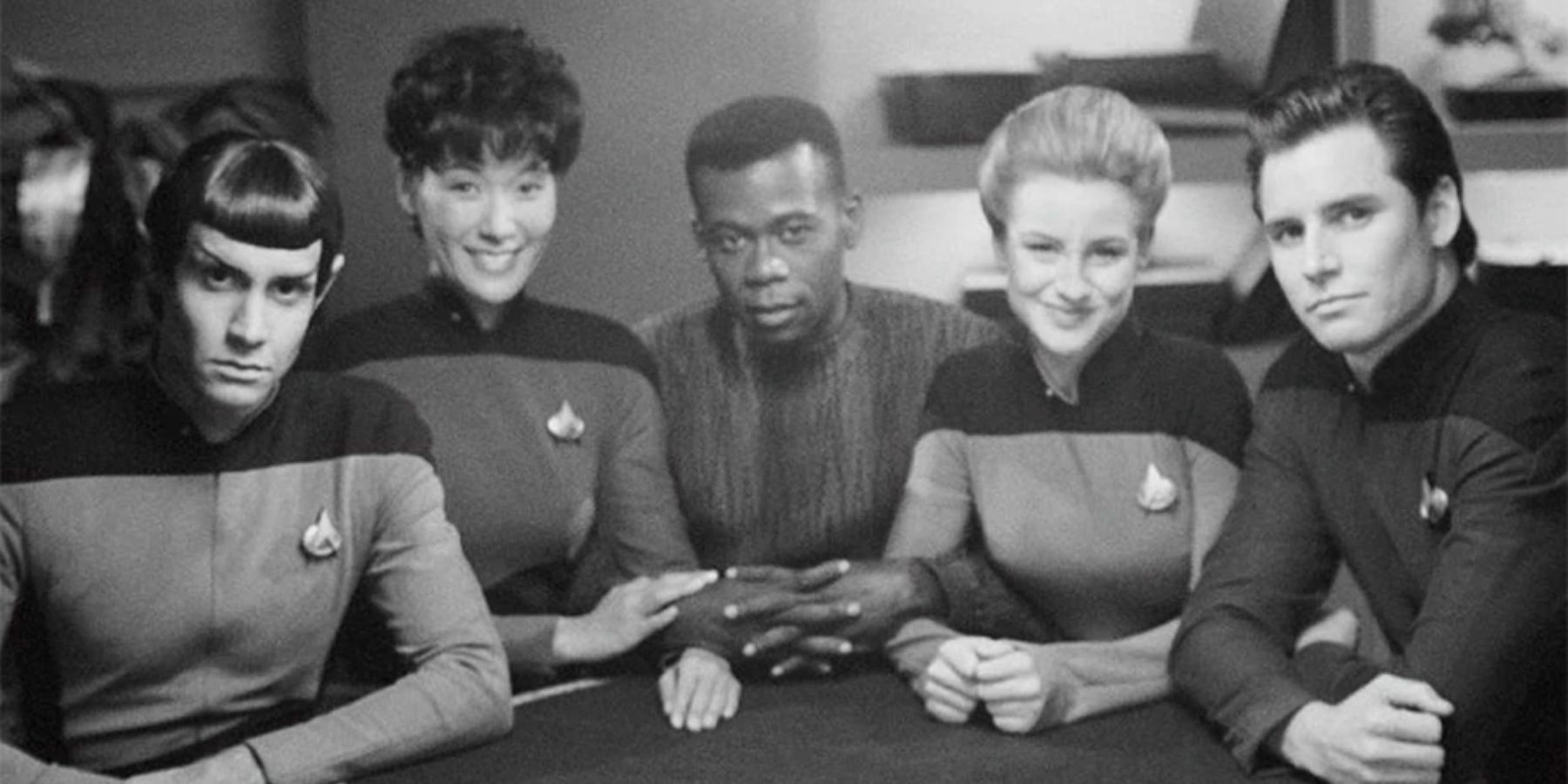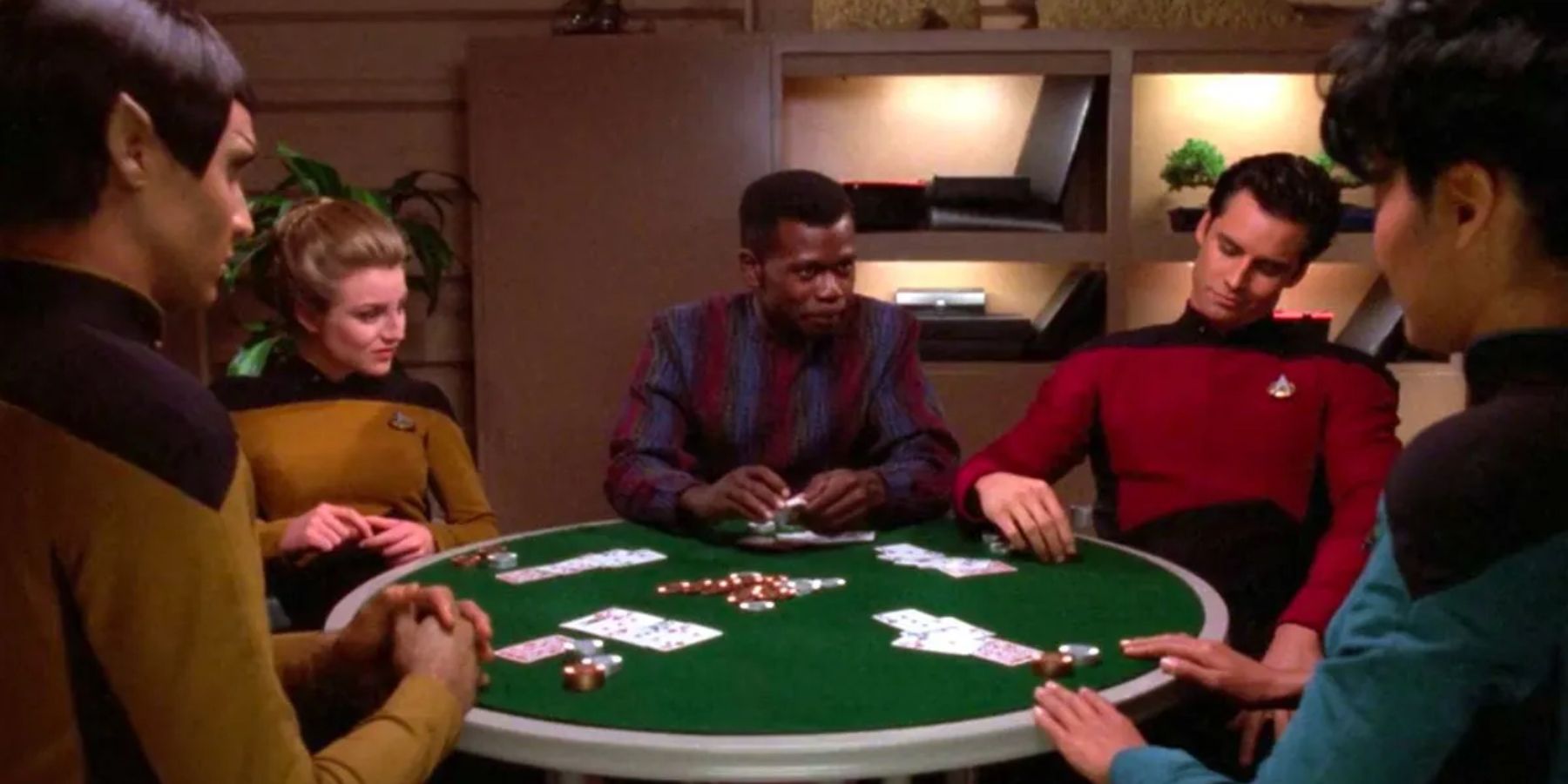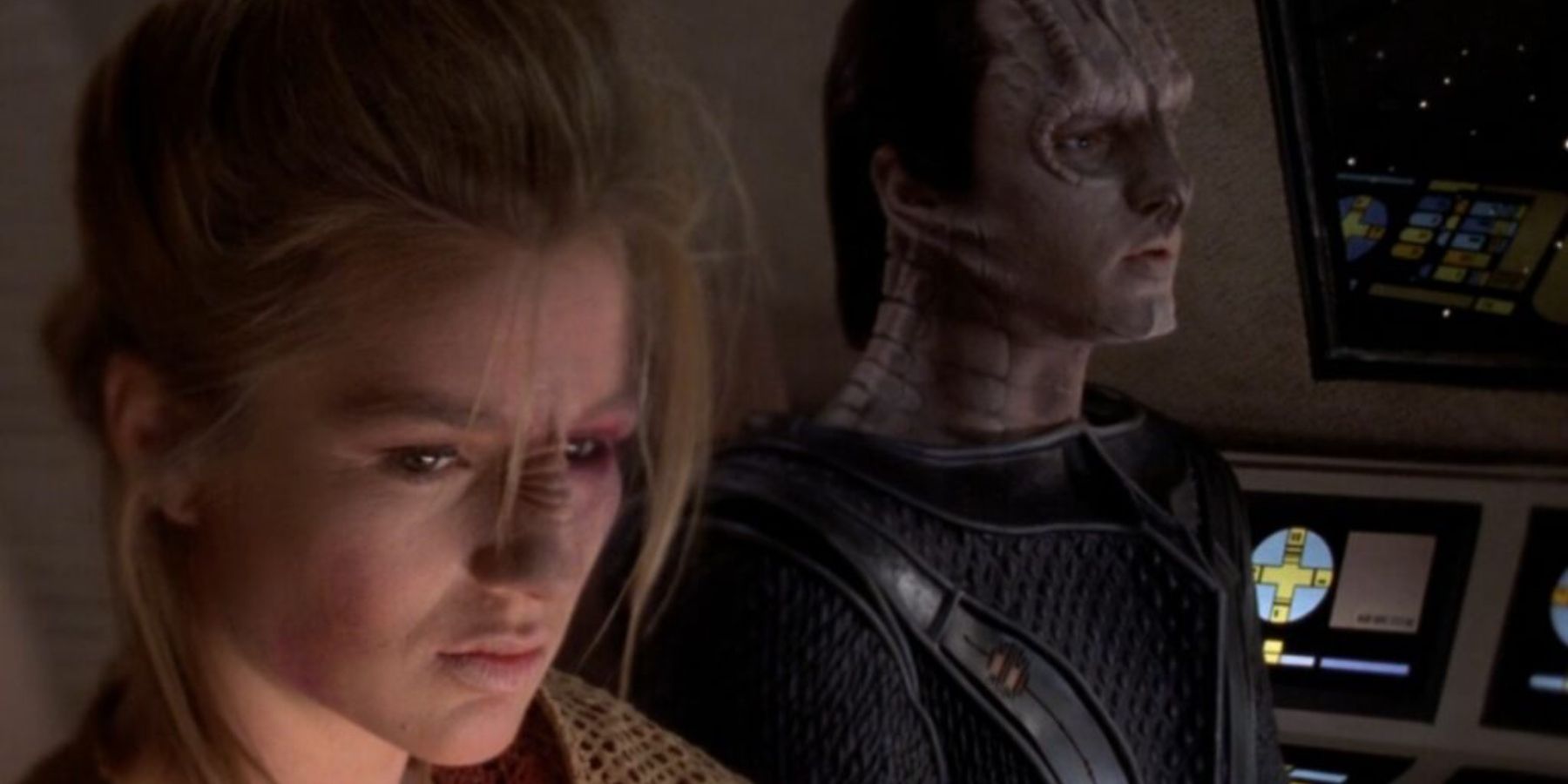Since the 1960s, there have been a plethora of Star Trek iterations into the now massive franchise, including movies, animated TV series, video games, and of course TV shows. Its great influence on the science fiction genre is palpable.
Throughout the show's history, writers and producers have always strived to deal with the various topical issues, whether that be political or societal, but these are normally explored through the eyes of the bridge crew, who are often the main protagonists in the majority of episodes. But what about those not in the spotlight, the heroes from the lower decks that audiences don’t get to see?
The idea of focusing on the crew members from lower ranks was the concept behind the aptly named animated TV show Lower Decks, which often mocks the absurdity of Starfleet life, constantly being bombarded by various unknown threats. These situations act as brilliant narratives for the majority of Star Trek episodes: bumping into a cosmic anomaly that helps the Captain understand an entire species' history, or rushing to the aid of someone being charged by a mad Klingon. From the perspective of a lower deck officer, these events would be a garbled mess. They wouldn't have the bridge crew's understanding the situation; they are simply being told to rush to their stations and keep the ship running. Lower Decks showed not only the humorous absurdity of this, but also the bravery it takes to go with the flow and do the best they can against the unknown.
While the Lower Decks animated show uses this idea as the cornerstone of the program, it’s not the first time Star Trek has shown events from the perspective of those lower in the food chain. The inspiration for the show, as well as the title, comes from the TNG episode “Lower Decks.” The episode is a masterpiece in storytelling, and one that resonated with many fans as being one of the best, most emotional episodes of TNG.
The episode focuses on five characters: Ensign Taurik, an engineer; Ensign Sito Jaxa, classmate of Wesley Crusher working in both operations and security; Ensign Alyssa Ogawa, a medical officer under the wing of Dr. Crusher; Ensign Sam Lavelle, one of the ship's pilots; and Ben, a waiter in the ship's bar Ten Forward. Sito and Ogawa had appeared very briefly in previous episodes, but with little narrative gravitas. The rest are completely new for the episode.
While this may seem like a whole host of new characters that would be hard to get to know quickly and effectively in the span of one episode, writers Ronald Wilkerson and Jean Louise Matthias, alongside director Gabrielle Beaumont, did a fantastic job of getting audiences to fall in love with each one of them. The acting was phenomenal, to the point where at the halfway mark of the episode, it feels like these characters have been with audiences since the beginning. They care about whether Sito or Lavelle will get the promotion they are both fighting for, and want desperately for Taurik to stop acting like such an awkward Vulcan and get in the visored Geordie LaForge’s good books. Ben as well is instantly lovable, and it’s clear right from the start that he is everyone's best friend.
While the episode is predominantly about these lower deck crew members, there are still snippets of the main cast there too, interacting with them in ways that the audience would have never seen before. Through Taurik, audiences see what it’s like to work under LaForge; through Ogawa, they can see life as the protégé of Dr. Crusher. Even Worf gets to show his nurturing site when taking care of Sito. Lavelle is also said to be reminiscent of a young Riker, and at this point, audiences can see how each of the bridge crew is present through the various aspects of the lower deck members who idolize them.
The episode's plot revolves around the Cardassian Joret Dal, a federation spy who has infiltrated Cardassia. Picard is tasked with finding a way to return him safely to the planet (after returning to Starfleet to spill all the juicy gossip) in a way that wouldn’t arouse suspicion. Because of the highly sensitive nature of the mission, only the senior staff are allowed to know, creating a classic example of information being withheld for the lower deck officers such as the episode's protagonists. However, it’s not long before information starts to trickle down, starting with Dal’s need for surgery, which Dr. Crusher needs Ogawa’s help with. Dal also needs a believably scuffed up looking shuttle to make a believable escape story. LaForge and Taurik are tasked with creating this, blasting the shuttle with phase rifles. Both are told that what they have seen and done is strictly confidential, and should be kept to themselves.
The real emotionally traumatizing moment from the episode comes from Sito's taske. Dal escaping on a stolen Federation shuttle alone might raise suspicion, so to make things more believable, Dal will need a Starfleet prisoner, someone he overpowered to steal the shuttle from. Picard never orders anyone to do this, knowing that this is a dangerous mission with a high possibility of not returning. He can not and will not in good confidence order a crew member to do this, but Sito bravely volunteers.
The gut punch is that, while Dal manages to make it back to Cardassia, Sito does not return. She fails to make it back to the rendezvous spot, and it is later discovered that she was killed while escaping. As Picard breaks this news to the crew, explaining the mission and honoring the bravery that Sito showed, the camera focuses on Lavelle, Ben, Taurik, and Ogawa, her closest friends. The moment is truly heartbreaking.
“Lower Decks” does a fantastic job as showing how just because an officer is in the background, does not mean they are simple cannon fodder to be killed without consequence. All the red shirts that have died over the years of Star Trek had their own lives, and were most likely heroes in their own stories. Their deaths actually mean something. To watch the episode from the perspective of the bridge crew would have lessened the impact of Sito’s sacrifice. Instead, shifting the perspective to her and her close friends in the lower decks shows the real emotional depth that is behind every background character's death throughout the series.

